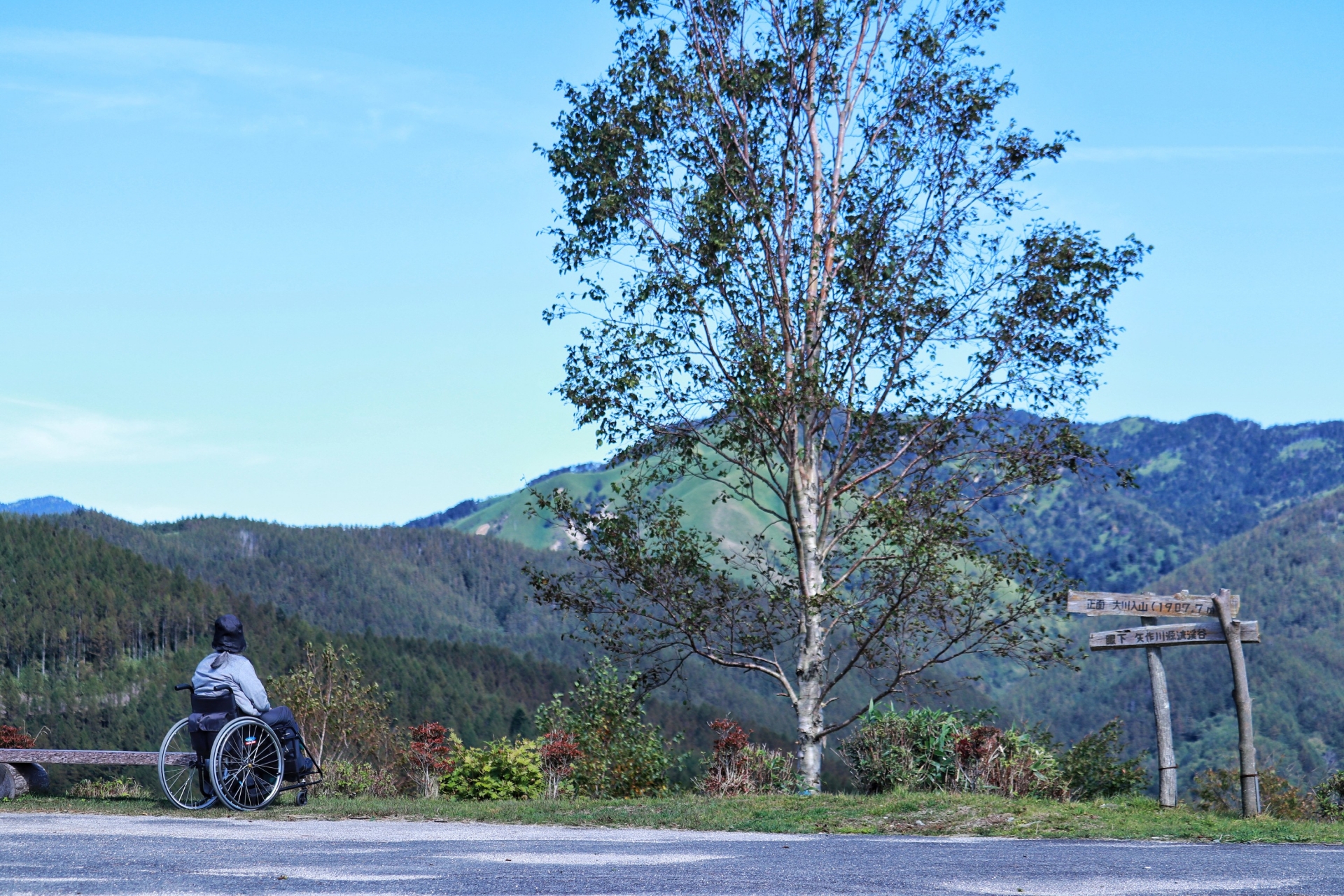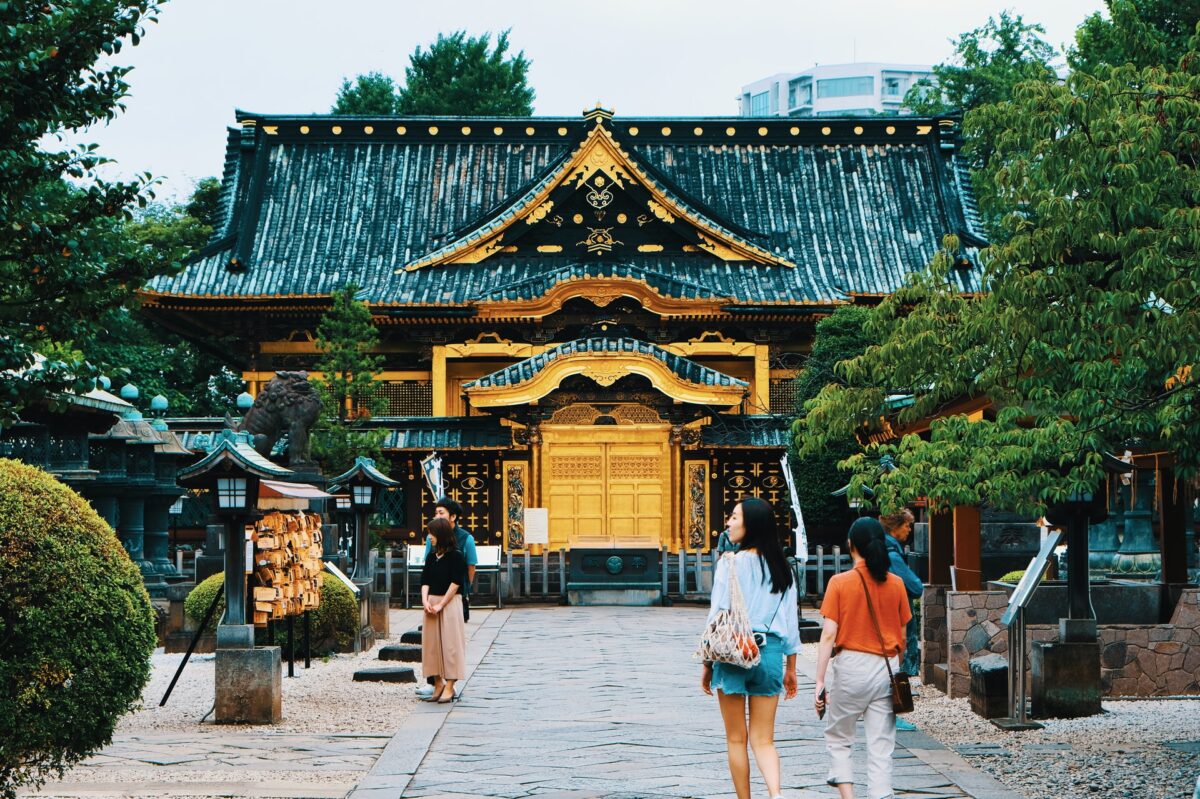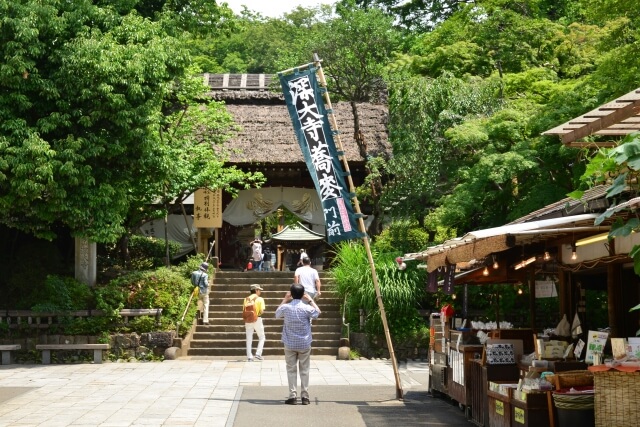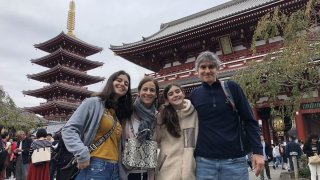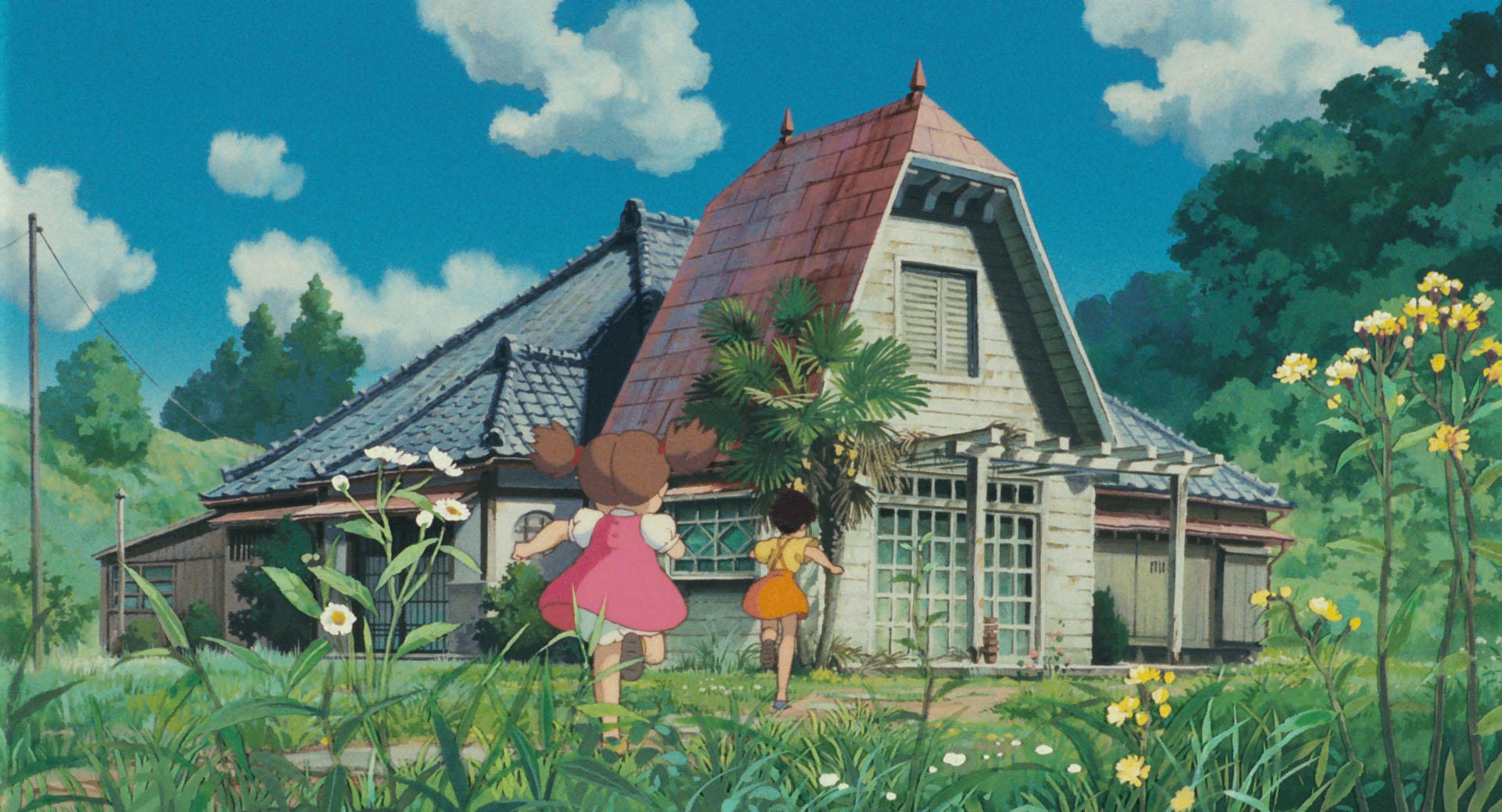If you are a wheelchair user or have other mobility challenges and looking for your next holiday destination, one of the first things you need to research is accessibility. If you look closer, you will often be able to find many amazing spots that are also barrier-free. Especially since the Olympics/Paralympics 2020 were held in Tokyo in 2021, awareness about the importance of accessibility has grown among tourist destinations and businesses. Many of Japan’s best highlights are accessible, and they are spread all over Japan. Let us share the 10 best wheelchair accessible tourist destinations in Japan with you!
Hokkaido
Hokkaido is Japan’s northernmost island and an absolute must for nature lovers. Breathtakingly beautiful vistas and unique flora and fauna are the reason why people make the trek up north, and it’s worth it.
1. Mt. Moiwa Ropeway
The Mt. Moiwa Ropeway in capital city Sapporo offers sweeping views over the city from nearby Mt. Moiwa, which is especially beautiful after dark. The last ropeway leaves at 9:30 pm, and admission is 1800 JPY for a roundtrip. You will first take a ropeway gondola, and then you will continue by mini cable car. Both modes of transportation are barrier-free.
Furthermore, it could be a good idea to stop by the Hokkaido-Sapporo Tourist Information Center. Their English-speaking staff can help you with general tourist information about every destination in Hokkaido to same-day hotel bookings, volunteer guides who can show you the area around Sapporo Station, and travel SIM cards. The Hokkaido Universal Sightseeing Center is a part of the tourist information center and they rent out wheelchairs for a low price.
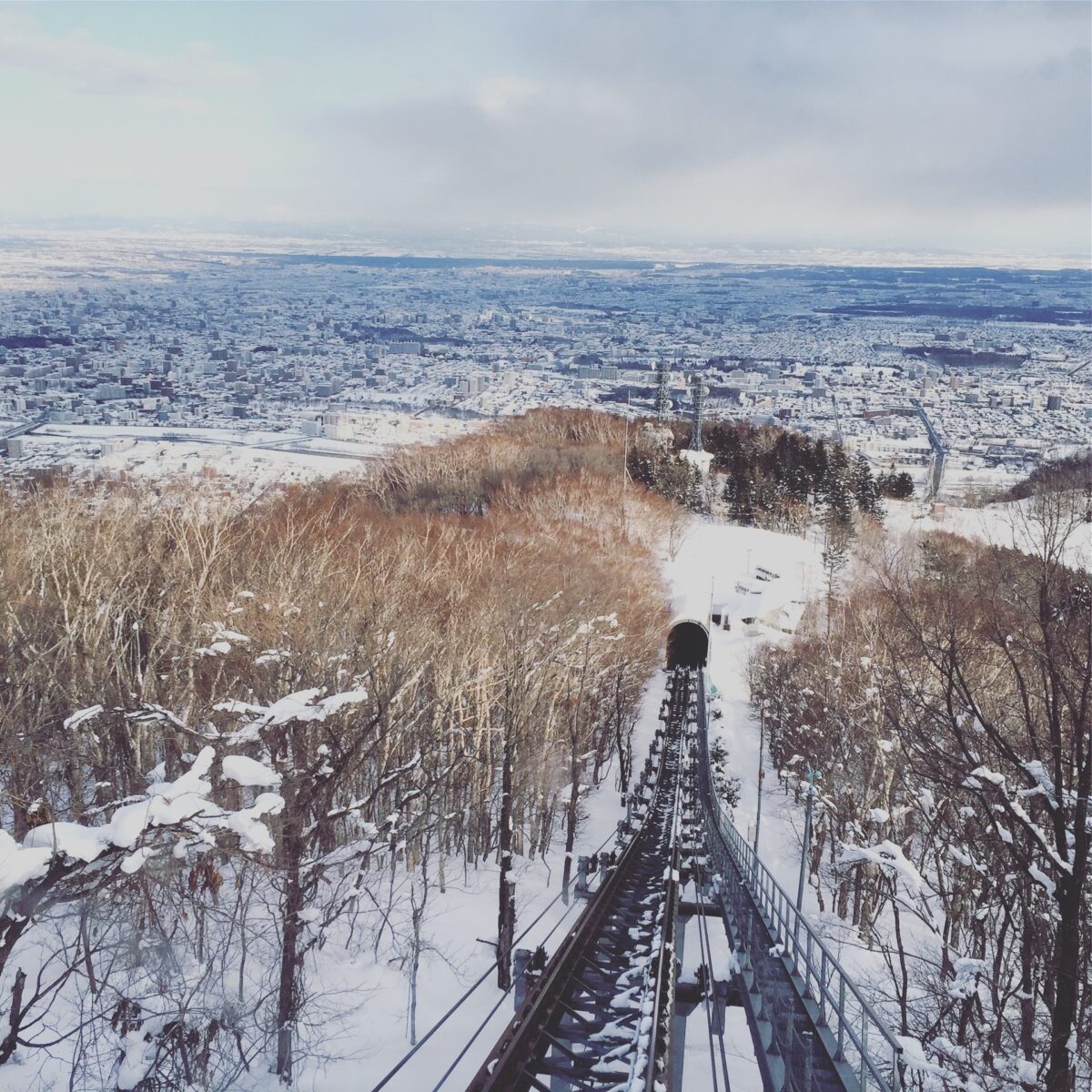
Tokyo
When you think of Tokyo, images of crowded streets and busy traffic may come to mind. But did you know that Tokyo also has many much quieter areas? Those areas are nice to go around for tourists who are looking for a slightly more local version of the city they are visiting, and as an added bonus they tend to be more mobility-friendly.
2. Ueno Park
Ueno Park is a great example of such an area, and while it does get crowded around Cherry blossom season, it is pleasant in the rest of the year. While the park is located on a small hill, there is an elevator that brings you up at the front of the park, and at the back of the park everything is level with the surroundings. There are many interesting sights in the park such as the Toshogu shrine and the Kiyomizu Kannon-do temple.
3. Jindaiji Temple
Another temple that is accessible is located in Chofu, a suburb of Tokyo. It is called Jindaiji, and is surrounded by a thick forest. Besides enjoying the calming surroundings, people also visit this temple to experience the daily fire ceremony. The bus that goes to this temple is wheelchair-friendly and stops near the temple.
4. Odaiba Seaside Park
If you are looking for a more urban landscape, Odaiba Seaside Park is a great place to check out. Known from the 2020 Tokyo Olympics for hosting several events, this artificial island is located in the central-southern area of the city. Odaiba attracts mainly young people and families because there are often fun events taking place around the small island and ample opportunities for shopping, dining, and entertainment. Because Odaiba was recently built compared to most of Tokyo, the streets are spacious and most places have been built with accessibility in mind. It is fun to go around the elevated walkway of Aqua City Odaiba and Deck Tokyo Beach which is accessible from ground level near the Gundam Statue. You will have nice views of the waterside and the city, and you can even spot a cool replica of the Statue of Liberty here.
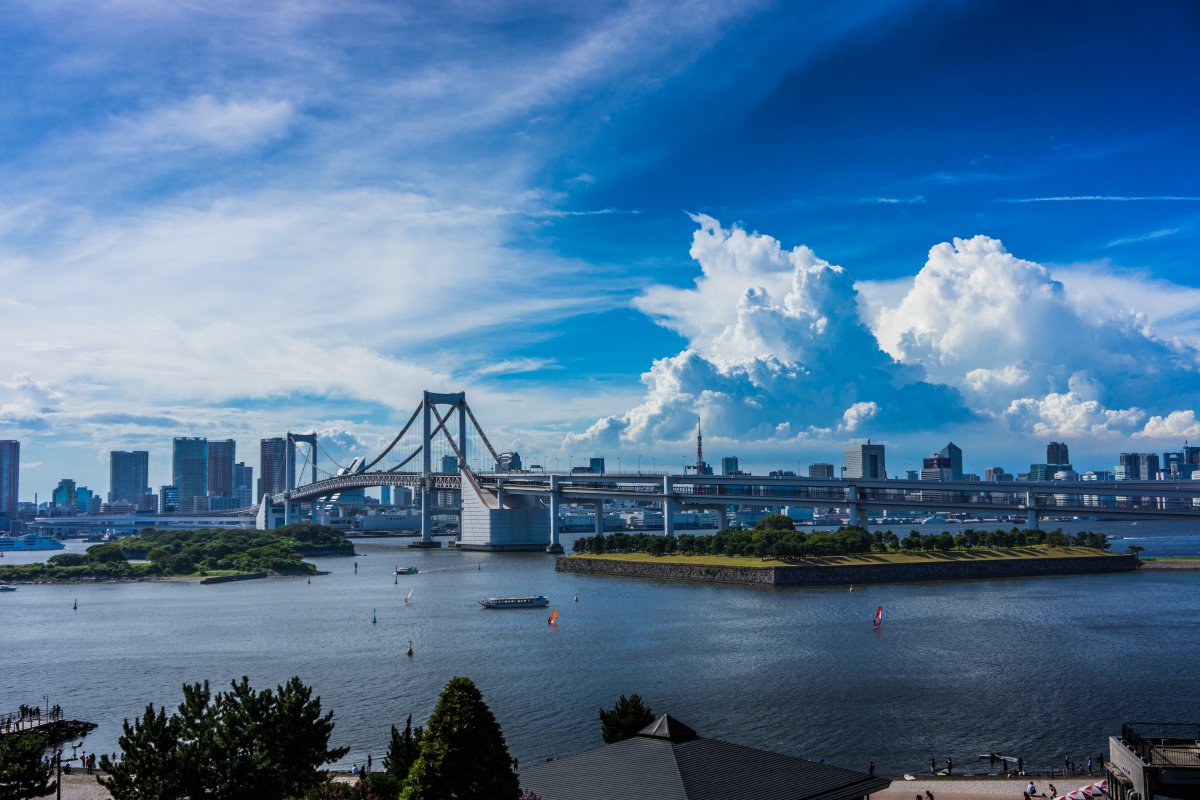
Kyoto
Former capital city Kyoto is known for its many cultural treasures, and it is a must-visit on anyone’s Japan itinerary. It has thousands of attractions so some have staircases with no alternative means of going up but don’t worry, you can find many barrier-free spots.
5. Nijo Castle
The former residence of first shogun Tokugawa Ieyasu, Nijojo (Nijo Castle) is accessible because they lend electric-assisted wheelchairs free of charge to those who need them without the need for a reservation. Nijojo was also used as an imperial residence, and it is one of the best examples of palace architecture of the Edo Period. The Ninomaru Palace is especially impressive with its traditional tatami-covered floor and elaborately decorated sliding doors.
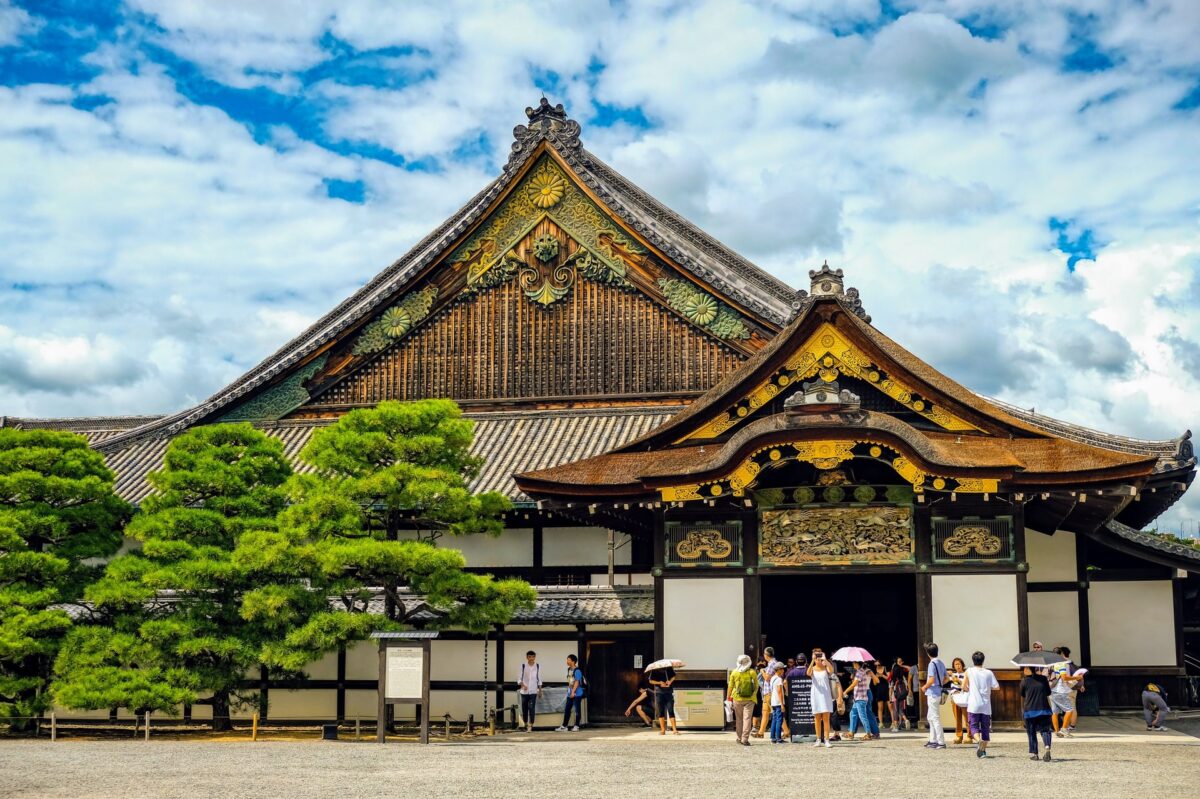
6. Gion Corner
Another popular destination in Kyoto that is barrier-free is Gion Corner where you can learn about the beautiful arts that geisha perform for their clients. Within one hour, you will get a taste of traditional dance, music, theater, tea ceremony, and flower arrangement. Gion Corner is situated right in the middle of geisha quarter Gion, so it is nice to go around the area a bit before attending one of the early evening shows at Gion Corner. Hanamikoji street, which is one of the most famous area in Gion, is an easy area to navigate with no steps.

Kyoto also has many barrier-free accomodations. The Kyoto barrier-free tour center can be helpful for designing your trip with professional caregivers.
Hiroshima
Hiroshima is easy to reach from Tokyo, as you only have to take one direct shinkansen train. If you are planning to visit Hiroshima and Tokyo during your trip, we strongly recommend you to buy a JR pass to save money.
7. Hiroshima Peace Memorial Museum
The city Hiroshima is especially known for its tragic history as one of the two cities that was devastated by an atomic bomb in 1945. This is also why the Peace Memorial Museum is a must-visit when you go to Hiroshima. The deeply impressive exhibitions educate visitors about what happened on that fateful day in 1945 and during the aftermath, but the museum also dedicates itself to spreading a message of peace. The museum is accessible for people with all kinds of disability, so there are facilities for people with vision and hearing impairments, and all floors are accessible by elevator. Wheelchairs can also be borrowed from the museum by those who need to for free.
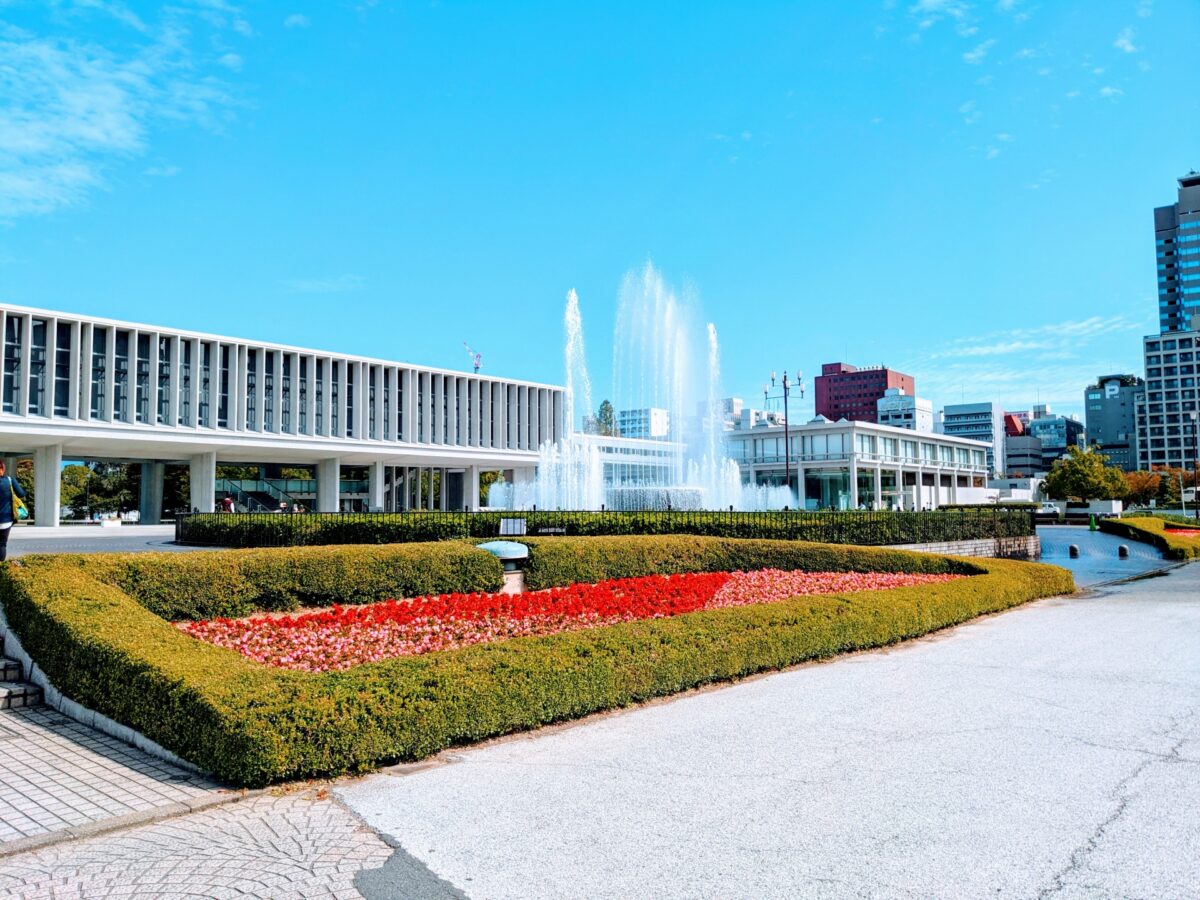
8. Miyajima
Another reason to visit Hiroshima is to see the ‘floating torii gate’ of Miyajima. This sacred island is a wonderful place to explore, and you will love the friendly deer that you will meet everywhere. A trip to Miyajima is no problem in terms of accessibility; the 1st floor of the ferry to the island is wheelchair-friendly and the boat terminal has an accessible bathroom. On the island itself the Itsukushima shrine, Daiganji temple, and the Omoto shrine and park are accessible, as is the little town surrounding the shrine.
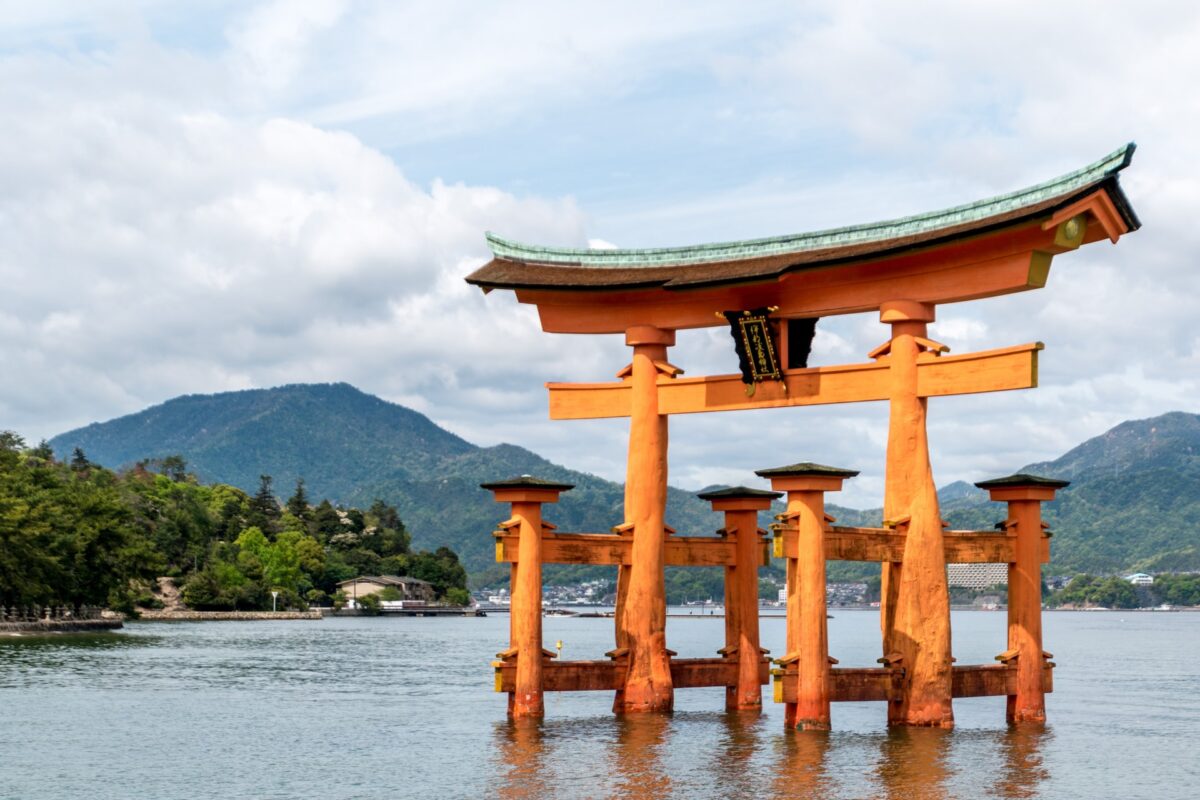
Okinawa
Do you like a subtropical climate, beautiful oceans, and lush greenery? Then you may want to consider adding Okinawa to your Japan itinerary. It’s only a 3-hour flight away from most places on Honshu, Japan’s main island, and a few days in Okinawa would be a nice start or finish to your holiday.
9. Okinawa World
Besides the wonderful beaches, Okinawa has many other attractions to offer. If you want to learn more about the traditional island culture, Okinawa World would be a good addition to your itinerary. While the cave is, unfortunately, not accessible with a wheelchair, the rest of the park is barrier-free with lifts, ramps, and escalators. You can enjoy Okinawan culture through live performances, traditional houses, local crafts, and tasty foods and drinks like fresh fruit juices and foamy Bukubuku tea. There is also a cool Habu snake museum where you can learn more about this indigenous snake and other reptiles.

10. Ryukyu Mura
Another interesting place to visit is Ryukyu Mura in Onna village, which is a famous resort area because of its gorgeous sea views. Ryukyu Mura is a rebuilt traditional village from Okinawa’s old days. The small theme park has a pleasant atmosphere and you can try your hands on crafts like painting small shisa lions or pottery. There are performances throughout the day, and you can try some delicious Okinawa foods such as Okinawa soba and Champuru. Ryukyu Mura is wheelchair and stroller friendly as everything is at ground level.
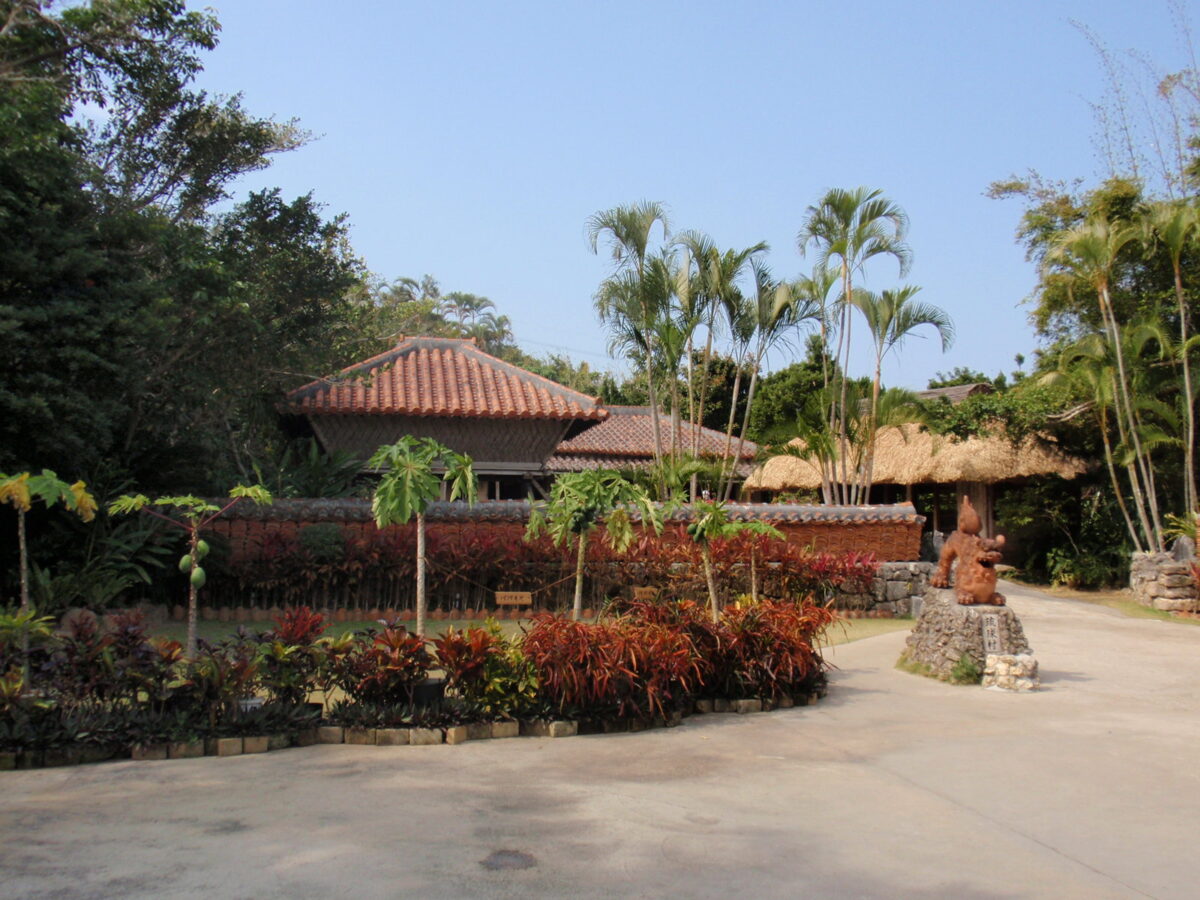
Accessible Tours in Japan
One of the best ways to guarantee an enjoyable and accessible tour in Japan is to book a private tour. Private guides are experienced locals who know their destinations inside and out, and they can craft a barrier-free itinerary upon request. We offer amazing private tours in Tokyo, Kyoto, Osaka, Hiroshima, and other cities in Japan. If you mention that you need a barrier-free itinerary and what your interests are upon booking, the guide will craft a fitting itinerary for you.
Follow us on Instagram, Facebook and Twitter for more travel inspiration. Or tag us to get featured!
Happy traveling!
Other articles you might be interested in

Stefanie Akkerman moved from the Netherlands to Japan in 2013 with her Japanese husband and son. She jumped into the niche of Dutch tour guiding in Tokyo and Kamakura in 2015 and occasionally writes articles about all the great sights and activities Japan has to offer. She loves (Japanese) food, and to work that all off she goes diving, snorkeling, cycling, or hiking.
This post may contain some affiliate links. When you click through and make a purchase we may receive some commission, at no extra cost to you.
